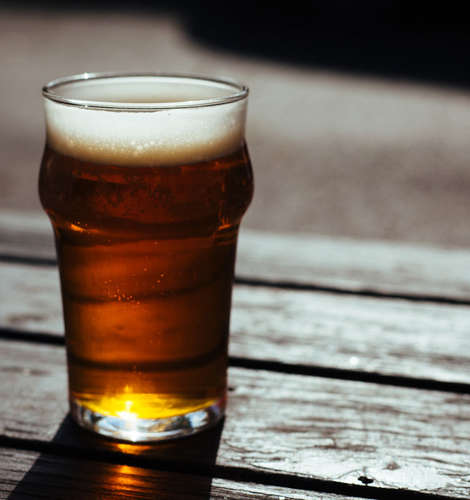According to new research from UK's University of Bristol Tobacco and Alcohol Research Group, the shape of the glass used in drinking alcohol influenced the speed of drinking.
Whether the glass used has volume markings on it seemed to be another environmental factor that affects the rate of drinking. Markings on the glass might help drinkers drink more slowly.
The findings were recently presented at the ‘Environmental influences on food and alcohol-related behaviour’ symposium at the British Psychological Society Annual Conference in Liverpool. The British Psychological Society is the representative body for psychology and psychologists in the UK.
Objectives of the study was to identify some of the environmental factors contributing to excessive drinking and how these factors can be altered to nudge drinkers towards more responsible consumption.
In the study, researchers tested the effect of different shaped (straight and curved) pint and half-pint glasses on consumption in a ‘real-world’ environment. Three public houses took part over two weekends.
Results showed that the pubs using straight-sided glasses reported lower takings, indicating less consumption. This was consistent with previous laboratory findings, which showed participants drank slower from straight glasses.
In another study, researchers split 160 social drinkers with no history of alcohol problems into two groups. One group was given beer in a curved glass that had markings showing measurements of a quarter, half and three quarters. The other group’s glasses were the same but had no marked volume measurements.
When participants with abnormally slow drinking times were removed from analysis, there was evidence that the group with the marked glasses had slower drinking times (10.3 mins) compared to the non-marked group (9.1 mins).
The speed at which beer is drunk can have a direct effect on how much is consumed in a single drinking session. Researchers suggested that even though these are small studies, findings showed that small changes such as glass shape and volume markings can help individuals make more accurate judgements of the volume they are drinking, and drinkers may use this information to drink at a slower pace.





